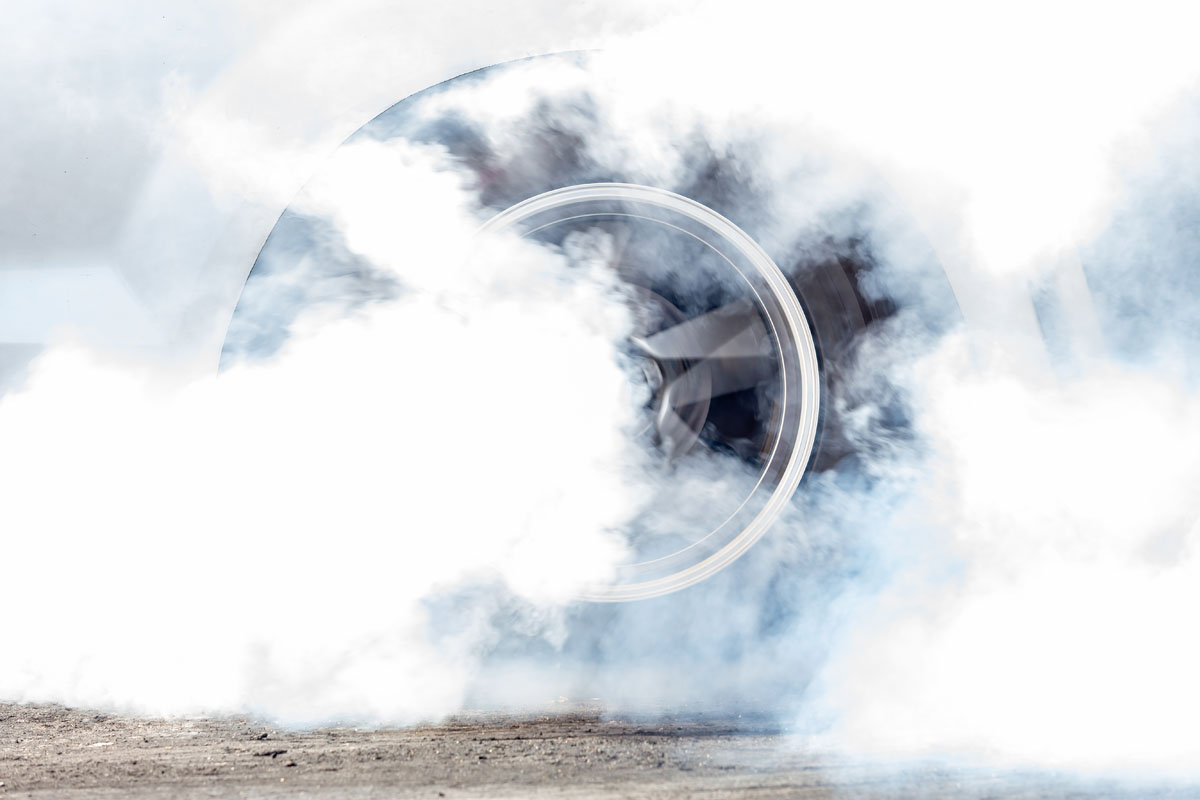When you wish to boost your vehicle’s performance, an ideal way is to word for word give it a boost. Turbochargers and superchargers both operate by driving more air into an engine than it might otherwise get. Both advancements go back more than 100 years, finding their roots in early airplane engines as a means of maintaining power in the thin air at higher elevations. More fuel and more oxygen to burn in an engine means more power.
The primary variation is that superchargers are powered by the engine it’s bolted to, whereas turbochargers capitalize the engine’s exhaust gases and utilize them for rotating the turbine and forcing the air into the engine.
Turbocharger Vs. Supercharger: Which Is More Efficient?
The structure of a supercharger, which draws its power from the engine, impairs efficiency by adding to the load of the engine. That usually shows up in lowered fuel economy averages. Other than that, superchargers work better with bigger, already powerful engines. And that impairs the fuel economy al the more.
A turbocharger, nevertheless, is taking a by-product of the internal combustion processes, exhaust, and putting it to use prior to it being sent out of the tailpipe. Those gases are not reliant on the power of the engine. Turbochargers are more useful at getting higher power out of smaller engines that, without it, might not create much horsepower. A turbocharger is not going to increase an engine’s fuel economy; however, it is going to get more horsepower out of smaller, more fuel-efficient engines.
If you compare a turbocharger vs. a supercharger, you are more likely to encounter a more fuel-efficient vehicle boosted by a turbocharger than by a supercharger.
Turbocharger Vs. Supercharger: Driving Experience Differences
Above are the black and white differences, but what about when driving? Turbochargers and superchargers are not only manufactured differently and operate differently, but the driving experience is different as well.
The direct connection of a supercharger to the crankshaft means once the accelerator is pressed and the crankshaft spins faster, as does the turbine inside the supercharger. There is an immediate response. In all driving settings, the supercharger is never off, so when your right foot calls for more power, you get it when you want it.
Having a turbocharger, when the engine velocity intensifies, so does the volume of exhaust gas rotating the turbine. With the most progressive turbochargers, it is only the most effective inside of a specific rev range. When you reach that degree of engine velocity, then the turbine can rotate quick enough to push more airflow and fuel inside the engine. It happens quick but not instantly, resulting in what is called “turbo lag”—pressing your foot down and not getting a boost of acceleration for a couple of seconds.
Although there is a lag, it’s one that can operate in the pursuance of efficiency for turbochargers. Whereas a supercharger is constantly rotating and placing in more fuel and air, when a turbocharger only operates above a specific engine speed, it’s feasible to drive with the productivity of a smaller engine and then get the performance of a more powerful one when wanted. It’s as easy as pressing the accelerator and the change in a gear.
Due to those of those variations, the determination of whether to decide on a turbocharger or a supercharger for performance is a bit convoluted. If instant speed takes precedence, a supercharger could be the correct decision. But when fuel efficiency plays a role in your choice, turbochargers have become present day default answer for higher performance devoid of lower gas mileage.
Road Runner Converters Offers Many Torque Converter Replacements
Road Runner Converters offers many torque converters for sale online. We offer GM Torque Converters, Ford Torque Converters, Diesel Torque Converters, Towing Torque Converters, Street Torque Converters and more.



